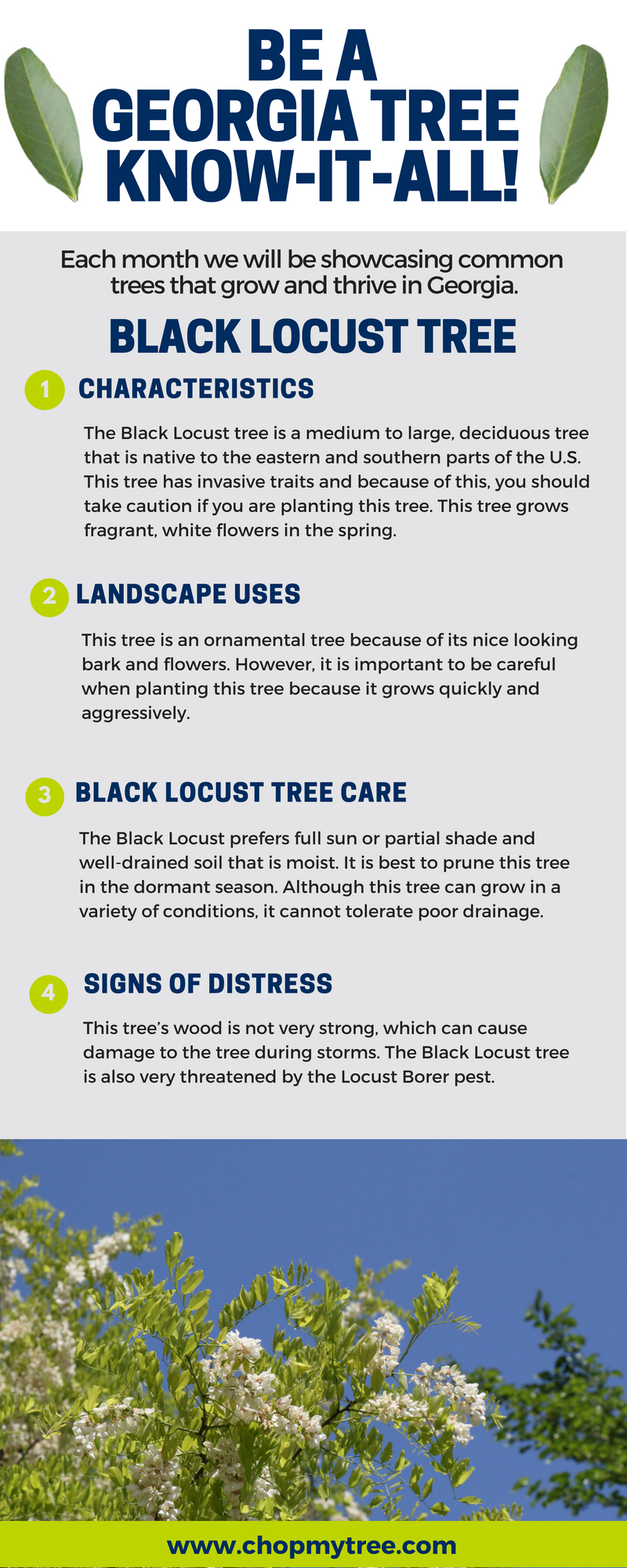Identifying The Requirement For Tree Elimination: An Overview For Homeowners
Identifying The Requirement For Tree Elimination: An Overview For Homeowners
Blog Article
Authored By-Churchill Bendixen
Trees include beauty and worth to residential property, but they can additionally present a danger throughout extreme weather condition occasions. If a tree has actually quit expanding, is showing visible fungal development, or has a leaning trunk, it needs to be eliminated by an expert to avoid residential property damages and injury.
To find out more, participate in a home owner source fair co-hosted by HPD, the Facility for New York City Neighborhoods, and Brooklyn-based housing partners this evening in Bedford-Stuyvesant. The event will certainly feature the Property owner Handbook, a new guide to assist house owners browse the duties of possessing a home.
1. Dead or Dying Branches
Trees are an important part of your home's landscape, providing shade and beauty. They likewise give sanctuary for wild animals and create oxygen, yet also healthy trees can experience health issue that might require their removal. Dead or passing away trees aren't simply undesirable, they can be dangerous. Their branches might drop during a tornado, leading to costly residential property damage and injuries.
When a tree's branches start to pass away, it suggests that its structure is starting to break down. If the majority of its branches are dead, it is most likely time to remove it.
Look for an absence of brand-new development, bark peeling, open injuries or tooth cavities, fungi growing on the trunk or origins and a general look of decay in the entire canopy. These indicators of infection can suggest a significant problem that will certainly need specialist tree services to resolve.
2. Leaning https://mgyb-thug.pages.dev/growth-maintenance
While it's regular for trees to lean periodically due to phototropism, if a tree has a hazardous or severe lean that's not due to natural processes - it could be an indication that the tree requires to be removed. If the tree is favoring a power line, home, lorry, play structure or any other location that could be unsafe to people if it falls, then speaking to a professional tree service for elimination should be a leading priority.
It's also vital to expect any type of sudden changes in a tree's leaning as it can suggest damages to the origins or trunk that may bring about dropping. This is particularly true throughout stormy weather, considering that high winds and rain-soaked soil can create a lean to transform quickly. Regular tracking, particularly during and after tornados can aid home owners acknowledge potential troubles with their trees so they can call an arborist for a comprehensive assessment.
3. Bug Invasion
Some pest invasions, such as wood-boring pests like emerald ash borer or sap-suckers like scale bugs, are so severe that they can create a tree to die. The best method to prevent pest problem is to monitor your trees regularly. Search for areas, holes, or stainings in the fallen leaves and bark. Take a look at the trunk for splits and indicators of insect damages, such as tunnels or tracks.
If a tree comes to be as well ravaged with insects, or is close to a home or high-voltage line, an arborist may recommend removal. If a leaning tree establishes a new, unsteady lean, an arborist will likely recommend elimination too to make certain the safety of people and residential or commercial property. If a weakened or dead tree continually sheds extreme branches, it is a sign that it is time to remove the tree. If a tree continues to shed branches for an extended period of time, it might bring about architectural troubles and possible property damage.
4. Damaged Trunk
Trees are a beautiful and important part of our landscape, however they do require routine care to maintain them healthy and risk-free. If https://www.buffalorising.com/2020/04/considering-what-is-essential-landscaping-during-the-covid-19-pandemic/ is harmed beyond repair it is most likely time for it to come down.
Try to find indicators of damages to the trunk, consisting of vertical splits, seams, dead branch stubs, visible injuries or open tooth cavities and serious tree-rot. The existence of fungis at the base of the trunk is one more warning indication. Fungi might indicate that the phloem and xylem (life-support cells) are jeopardized, allowing for the spread of condition or a future failure.
Also, take into consideration whether the tree has actually quit growing. Healthy trees will have new growth every year, which may show up as buds or branches sprouting and extending. If you don't see any kind of new development, it's a great idea to have an arborist examine the tree and follow their suggestion for elimination. A dying or harmed tree can drop and cause home damages.